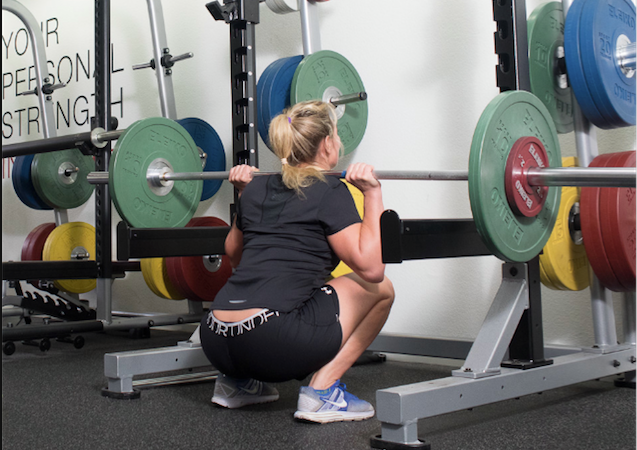Training on vibration plates is one of the most popular trends of the last decade. I'm continuously asked what I think of them.
The short answer is:
If training on vibration plates would lead to great results, I would have one at the YPSI. And I don't have one at the YPSI.
The long answer is:
1. Lack of Resistance – The main factor that determines the training effect is the tension on the muscle during exercise. Tension is generated by resistance. The resistance with bodyweight exercises is low and has small potential for progression – unless you put a 1kg lean mass on every single week. For this reason, external resistance such as bars and dumbbells are indispensable for fast training progress. Tension – in volume and height (intensity) – is the crucial variable that influences neural adaptation, hypertrophy, maximum and explosive strength and increases fat loss. Conclusion : Without tension there's no maximum training effect.
2. Instability that can´t be stabilized - One of the basic concepts to train stability on an unstable surfaces is the ability to stabilize the unstable surface. Prof. Dr. Dietmar Schmidtbleicher from The University of Frankfurt/Main in Germany has done excellent research on this topic, which has shown that the frequency of commercially available vibration plates is too fast for the human nervous system. The nervous system and thus the muscles are not able to respond to the vibration stimulus and to stabilize the unstable base. Thus, the training effect is void. The University of Frankfurt / Main has also published a study on professional football, which showed that rehabilitation of an injury increased the risk of reinjuring tripled if rehabilitation training was done on unstable surfaces.
3. The training of relevant stability - Stability in daily life and sports is crucial to prevent injuries and to maximize exercise performance. The higher the stability, the higher the power output – You cannot fire a cannon from a canoe – and the less wear down on fascia and muscles.Basically stability is divided into two categories: Stability at low loads and stability at high loads. To stand one-footed on a vibrating plate or unstable surface, may train stability with a light load, the body weight. If you start sprinting away, decelerate from full speed or just go for a run (the load per leg per step is about 4-6 times the body weight) very high forces/loads are acting on the body. To be able to stabilize the knee while standing on one foot, has nothing to do with stabilizing high forces like sprinting, running, decelerating and changing direction. That's like Porsche is testing the brakes of a GT3 at walking speed, in order to predict how much breaking power they will produce, if the car has to be slowed down on the track before a curve in 3s from 180km/h to 50km/h . Its not relevant. Conclusion: Stability at high loads must be trained with high loads. Classic strength training with bars and dumbbells and progressive resistance is the most efficient and safe method.
4. Lack of potential for progression - In training you grow with increasing load. The base of successful strength training is progressive overload – primarily by resistance. Bars and dumbbells are excellent training equipment to allow for progressive resistance. At the YPSI we have weight plates ranging from 0.5kg to 25kg, an ideal tool to ensure that even the smallest steps are possible. Example: If you only pack on 1kg more per week on the barbell, you move 52kg more at the end of the year. That's quite some progress. The first stories of strength training with progressive resistance come from the ancient times, from the most successful olympic athletes at this time, Milon of Kroton "Milon took a newborn calf on his arms and carried it around the family farm several times. Although initially it took a lot of effort for him, he kept up with it and repeated these “run-arounds” daily. Over time the calf grew and Milon grew with it, so that after a year of progressive increasing resistance he was strong enough to carry a full-grown beef around the estate of his parents."
Conclusion: Training on vibration plates is a trend – and like most trends a waste of time.
Solution: Success-oriented strength training with progressive resistance is a much smarter and more successful solution for maximum progress in the training of stability, muscle growth, maximal and explosive strength as well as fat loss – than training on vibration plates.
A little anecdote: When I opened my gym 5.5 years ago, I had a client whose company had a partnership with the largest and best known manufacturers of vibrationplates. He offered me that I could take the vibration plate, which has been placed in his office and to put it in my new gym since he did not really use it. I was pleased with the gesture, but had to refuse the kind offer. I could use the place for more useful equipment. Like the three power racks, 4 hipextension pieces and two legcurls that we have in the YPSI and which are excellent for optimizing the stability of the knee.
Picture: Ju Jitsu World Champion Romy Korn warms up for Back Squats at the YPSI.

